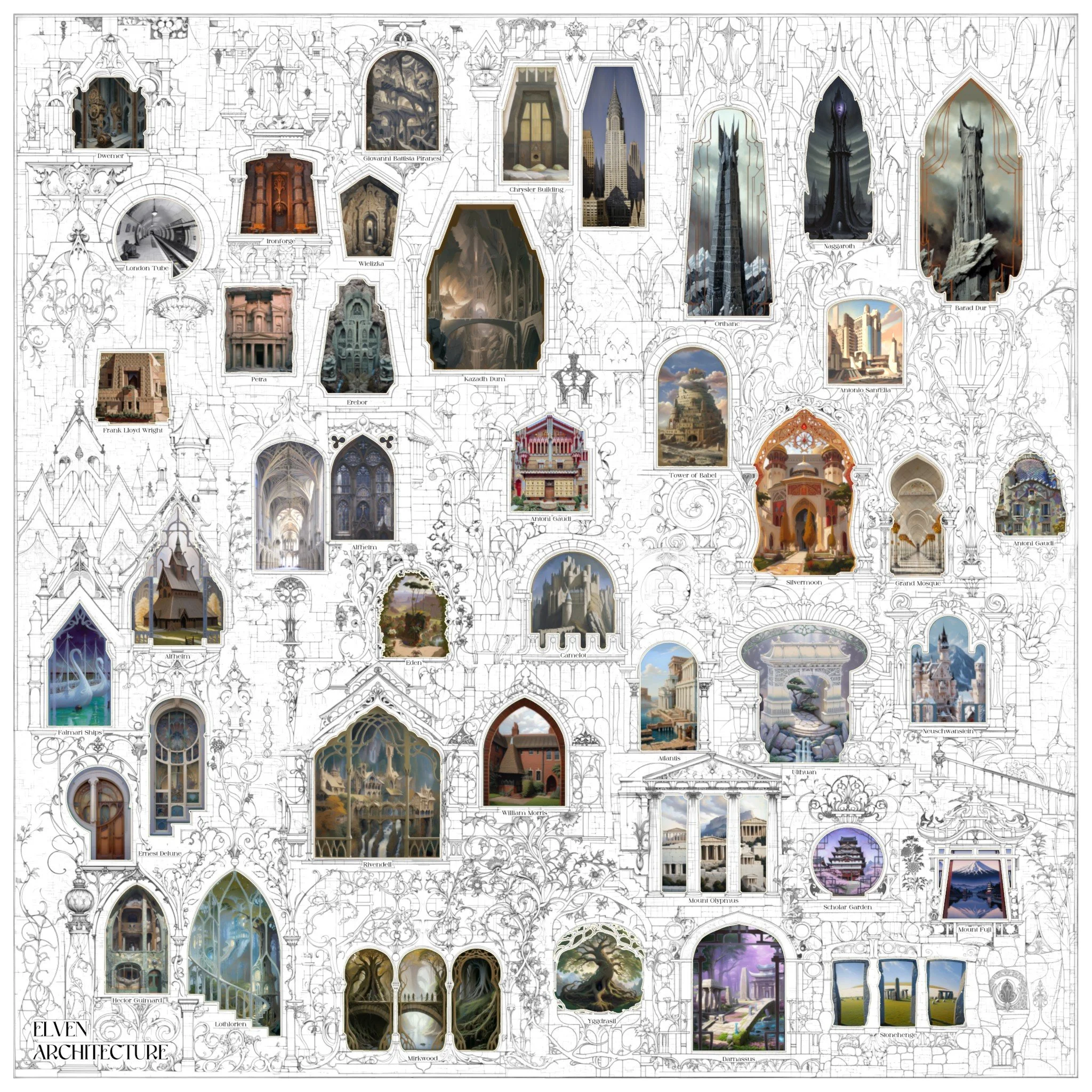Learning From World of Warcraft
Abstract
When Robert Venturi and Denise Scott Brown examined Las Vegas in the 1970s, they subverted modernist orthodoxy by foregrounding the city’s commercial vernacular and its ornamental signage. Over the subsequent decades, entertainment has progressively migrated into virtual spaces, notably video games, which has become the biggest cultural industry worldwide. Among these digital landscapes, World of Warcraft (WoW) stands as a paradigmatic example of immersive world-building and stylistic synthesis. This article argues that WoW’s environments exemplify a lineage of ornamental tradition continuing on after the Romantic period was rejected by Modernism.
The article is composed of three chapters introduced by a different 19th century German thinkers’ understanding of the term Style:
Hirschfeld’s picturesque: How combining different symbols create a style.
Winckelmann’s taxonomic classifications: A style is the crystallisation of culture.
Semper’s material transformations: A style is the formulaic result cultural, technological and material transformations.
Through these different perspectives, I will demonstrate how style is continuously being developed in virtual worlds. In the end, I will compare the findings to those of Las Vegas, to see how the post-modern approach should be updated according to this new commercial vernacular.
